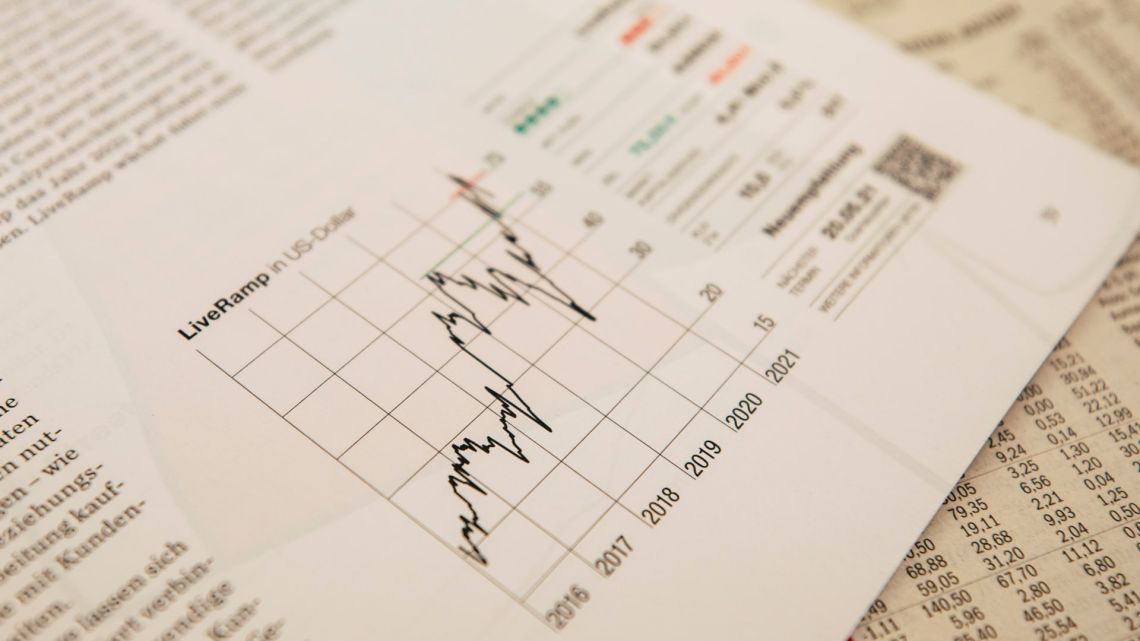
An unprecedented number of solar panels are projected to be installed in the United States this year, driving a divergence in the fortunes of companies within the industry.
Firms that specialize in serving the utility market, such as First Solar and Array Technologies, are experiencing significant growth. Conversely, companies that cater to residential rooftop customers, like Sunrun, have faced difficulties. The latest statistics released on Thursday shed light on the reasons behind these disparities.
According to a report from energy research firm Wood Mackenzie and the industry group Solar Energy Industries Association, the second quarter saw the installation of 5.6 gigawatts of solar capacity in the U.S., marking a 20% increase compared to the previous year. This steady growth puts the industry on track to add 32 gigawatts of capacity this year, marking a substantial 52% increase from 2022. In fact, U.S. government forecasters anticipate solar energy to account for over half of new electricity capacity for the first time ever.
Nevertheless, it is important to note that not all segments of the solar industry are growing at an equal pace.
Utility solar, which refers to arrays of panels installed on farmland and open spaces, primarily catering to residential and commercial customers through utility companies, is set to add nearly double the capacity this year compared to 2022. This segment, being the largest in the market, is largely dominated by manufacturers like First Solar, known for producing thin-film solar modules in the U.S., and equipment-makers such as Array Technologies, renowned for creating equipment that enables panels to track the sun's angle throughout the day. Consequently, shares of First Solar and Array Technologies have surged by 22% and 26% respectively this year.
The Current State of the Solar Industry
Introduction
Utility Sector
First Solar, a prominent player in the industry, has greatly benefited from the Inflation Reduction Act, which provides subsidies for domestic manufacturing. Additionally, solar developers have successfully resolved supply chain issues that previously hindered the import of panels from Asia in 2022. Despite these positive developments, the utility market faces obstacles such as high interest rates and increased hardware costs. These factors have negatively impacted procurements and may potentially result in slower growth in the future. Nevertheless, First Solar and Array remain well-positioned due to their substantial backlog of projects awaiting installation.
Residential Sector
While the residential market has also experienced growth, it has not been as rapid as the utility segment. According to Wood Mackenzie, installations are expected to rise by 9% this year. However, some installers have reported a slower ramp-up to the solar sales season compared to previous years. One of the primary contributing factors is the impact of high interest rates on consumer financing for solar installations. In certain states, relatively low electricity rates have made solar less appealing since the savings from installing panels on rooftops are not as significant.
Changes in California Solar Rules
California, a key market for solar installations, has recently implemented new solar rules that have made it less financially attractive for consumers to add panels. As a result, there is a backlog of installations from customers who had booked solar orders before the new rules came into effect in April. However, it is anticipated that residential solar demand may decline in 2024 once installers have addressed this backlog. The implications of these rule changes have been reflected in the stock performance of solar developers such as Sunrun and Sunpower, which have experienced a considerable decline of 38% and 62% respectively this year. Until interest rates decrease, these stocks may face challenges in attracting investors.
Conclusion
While the solar industry continues to make strides, it also faces significant hurdles. The utility market is hindered by high interest rates and rising hardware costs, while the residential sector is grappling with the repercussions of new solar rules and financial barriers for consumers. Nonetheless, opportunities remain for companies like First Solar and Array due to their extensive project pipelines. Consumer demand for solar installations is expected to grow, albeit at a slower pace. It is crucial to address these challenges and create initiatives that foster a sustainable solar market for a greener future.
The International Success of Enphase Energy
Enphase Energy (ENPH), a prominent equipment-maker in the residential market, has recently managed to thrive by expanding its product sales overseas. Despite facing a decline in sales within the United States, Enphase Energy experienced a remarkable sales growth of 25% in Europe during the latest quarter. Looking ahead, the company's earnings are projected to increase by 10% this year and a substantial 30% by 2024. These promising figures denote a positive outlook for Enphase Energy in the global market.













Write Your Comment